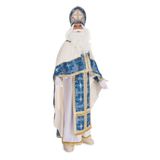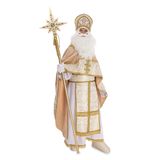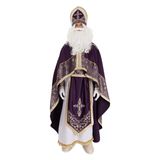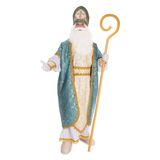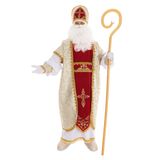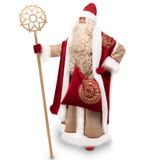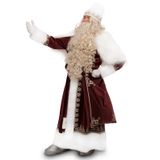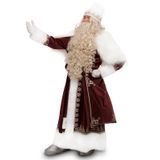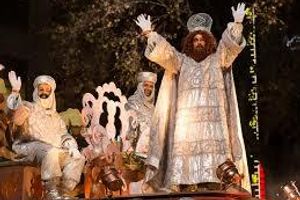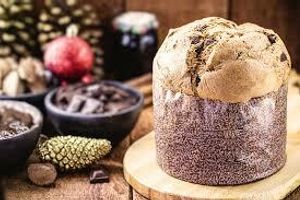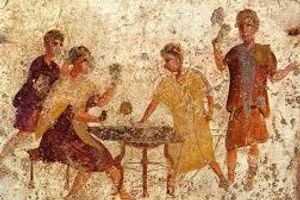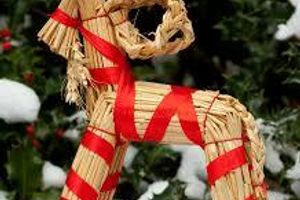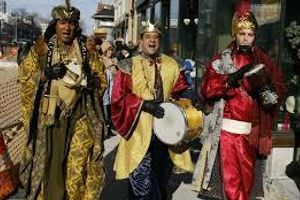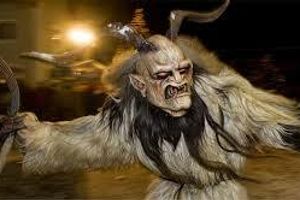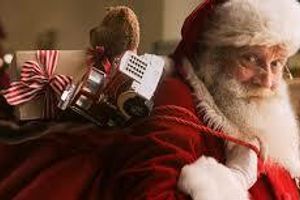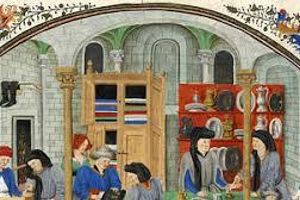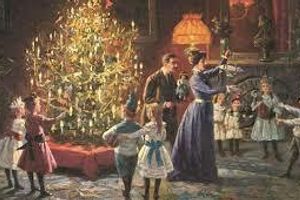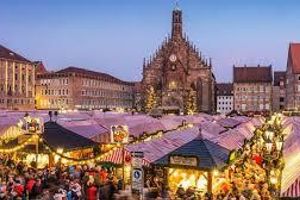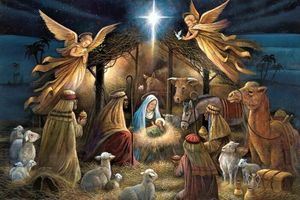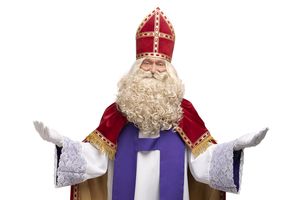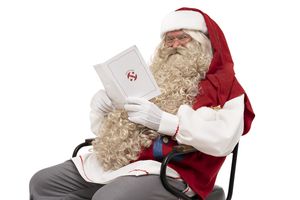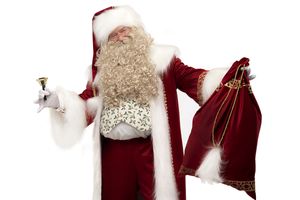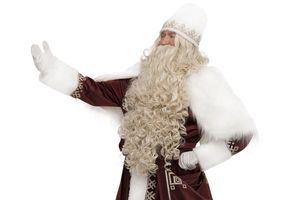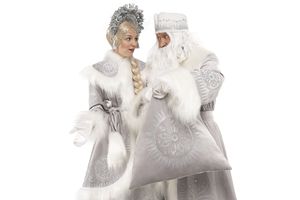Christmas Traditions in Victorian England
Christmas in Victorian England, spanning the reign of Queen Victoria from 1837 to 1901, marked a true revival of festive traditions. During this time, many of the customs we now associate with Christmas were established. The Victorian era significantly contributed to shaping the modern image of Christmas by combining ancient traditions with new ones that took root in society.
The Beginning of Victorian Christmas
Influence of Queen Victoria and Prince Albert
Queen Victoria and her husband, Prince Albert, played a crucial role in reviving and popularizing Christmas traditions in England. Prince Albert, a German by birth, introduced many German traditions to England, including the setting up of a Christmas tree. In 1841, the royal couple set up a Christmas tree at Windsor Castle, which quickly became a fashion among the British aristocracy and eventually spread to the general population.
Introduction of Christmas Cards
Another important tradition that originated in Victorian England was the sending of Christmas cards. The first commercial Christmas card was created by Henry Cole in 1843. Cards quickly gained popularity, and by the end of the 19th century, they had become an integral part of Christmas celebrations.
Festive Food and Drink
Christmas Dinner
The Victorian Christmas dinner was the centerpiece of celebrations and featured a rich assortment of dishes. The main course traditionally included roast goose or turkey, served with various side dishes such as potatoes, Brussels sprouts, and carrots. Christmas puddings, mince pies, and other sweets were also popular.
Mulled Wine and Other Drinks
Mulled wine became a popular drink during Christmas celebrations in Victorian England. This hot beverage, made from red wine, spices, and fruits, symbolized warmth and comfort. In addition to mulled wine, ales, punches, and other traditional drinks were often present on the festive table.
Festive Customs and Entertainment
Christmas Carols
One of the most well-known Victorian Christmas traditions was the singing of Christmas carols. Carols such as "Silent Night" and "We Wish You a Merry Christmas" became integral parts of festive activities. Groups of carolers would go from house to house, singing carols and wishing the hosts happy holidays.
Theatrical Performances and Pantomimes
Pantomimes and theatrical performances were also popular entertainment during Christmas in Victorian England. These performances, often based on fairy tales and legends, attracted audiences of all ages. They included comedic elements, dancing, and music, creating a joyful and festive atmosphere.
Decorations and Adornments
Christmas Tree
As previously mentioned, the Christmas tree became one of the main decorations in Victorian homes. Trees were decorated with candles, fruits, candies, and handmade items. Over time, decorations such as glass balls, garlands, and other ornaments were added.
Wreaths and Mistletoe
Wreaths and mistletoe were also popular decorations in the Victorian era. Wreaths made from evergreen plants symbolized eternal life and adorned doors and windows of homes. Mistletoe branches were hung in doorways, and according to tradition, one could kiss under the mistletoe.
Christmas Gifts
Gifts for Children and Adults
The Victorian era also saw the expansion of the tradition of exchanging gifts at Christmas. Children received toys, sweets, and clothes, while adults exchanged symbolic gifts such as books, jewelry, and other valuable items. Gifts were often placed under the Christmas tree or hung in special Christmas stockings.
Role of Saint Nicholas
Saint Nicholas, or Santa Claus, became an important figure in Victorian Christmas. The image of Santa bringing gifts to children became popular through literature and illustrations of the time. The poem "The Night Before Christmas" by Clement Clarke Moore, written in 1823, particularly solidified the image of Santa Claus in people's minds.
Influence of Literature on Christmas Traditions
"A Christmas Carol" by Charles Dickens
Literature played a significant role in shaping Christmas traditions in Victorian England. Charles Dickens' novella "A Christmas Carol," published in 1843, had a profound impact. The story of Ebenezer Scrooge, a miserly old man who transforms into a benevolent benefactor, inspired many to practice charity and kindness during the holidays.
Other Literary Works
In addition to "A Christmas Carol," many other literary works contributed to the formation of Christmas traditions. Books, magazines, and newspapers published Christmas stories, poems, and recipes, promoting the spread of new customs and rituals.
Conclusion
Christmas in Victorian England was a time of great revival and the formation of many traditions we know today. Thanks to the influence of Queen Victoria and Prince Albert, as well as literature and cultural changes, Christmas celebrations became richer and more elaborate. Today, we continue to celebrate Christmas, incorporating many of the traditions that originated in the Victorian era, making the holiday even more special and meaningful.















